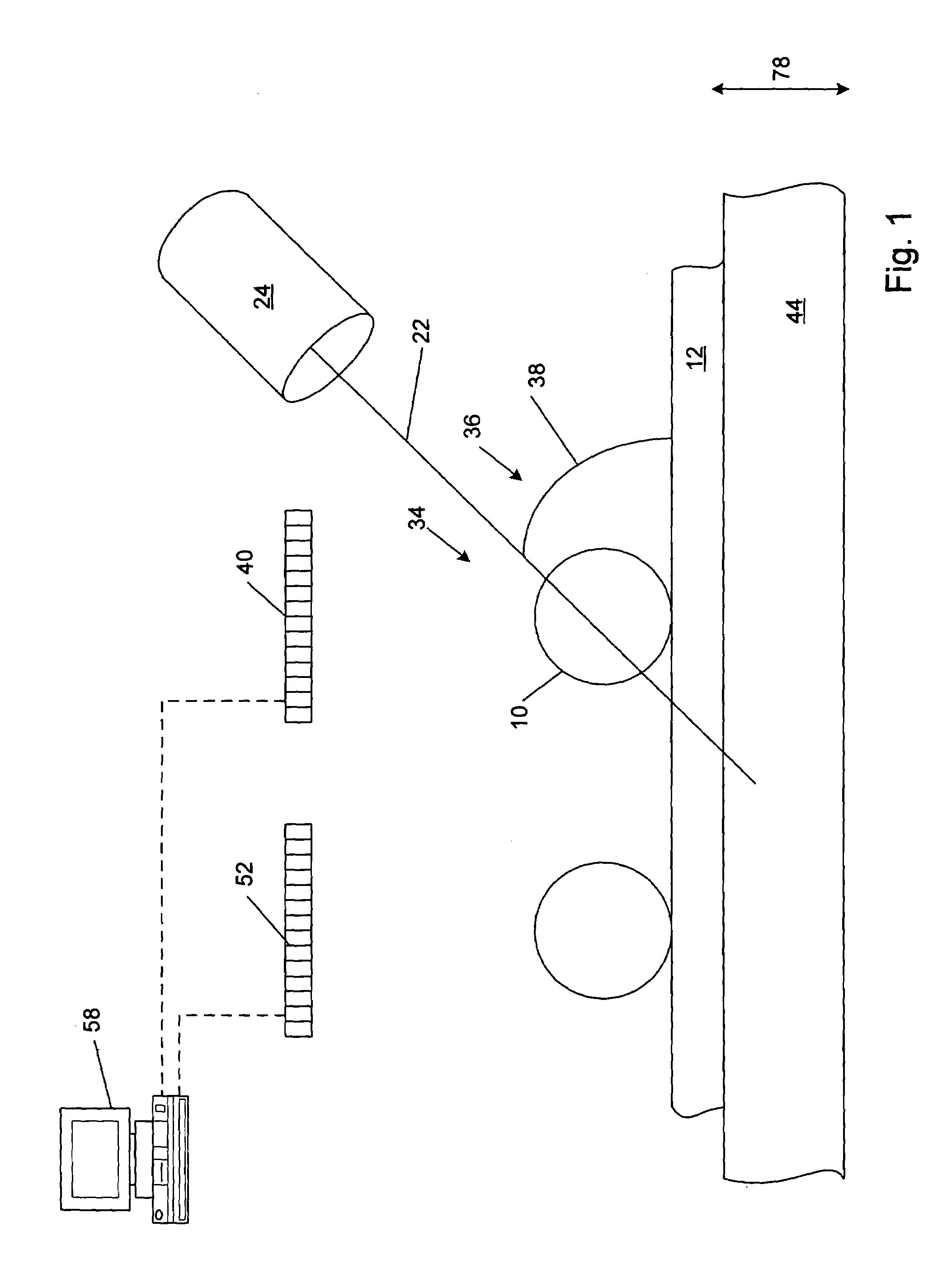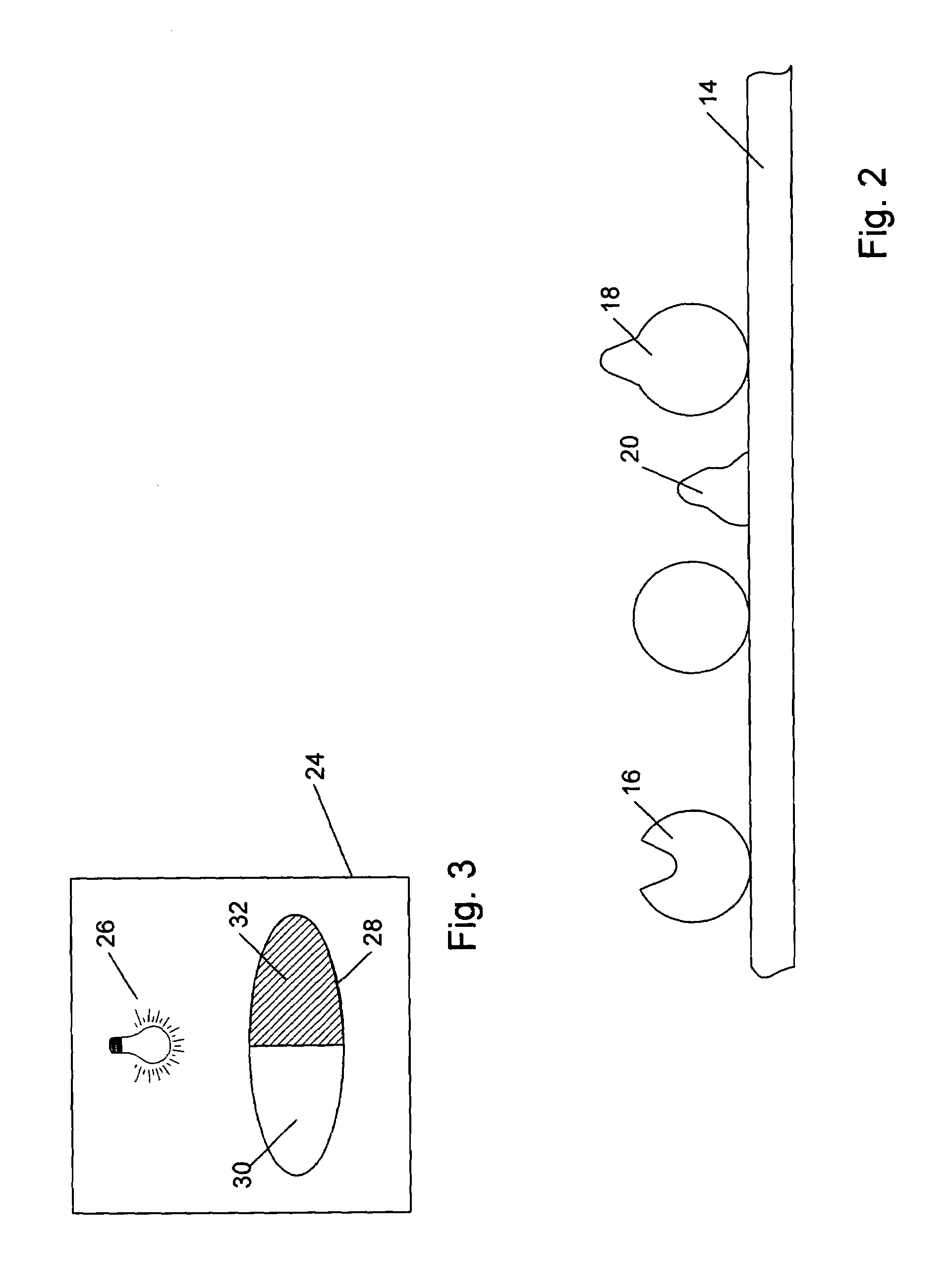Systems and methods for multi-dimensional metrology and/or inspection of a specimen
a three-dimensional metrology and specimen technology, applied in the field of three-dimensional metrology and/or specimen inspection, can solve the problems of excessive current draw through the probe card, inability to detect the presence of a specimen, etc., and achieve the effect of relaxed design tolerances and high speed scanning
- Summary
- Abstract
- Description
- Claims
- Application Information
AI Technical Summary
Benefits of technology
Problems solved by technology
Method used
Image
Examples
Embodiment Construction
[0050]The following description generally relates to systems and methods for determining a dimension of a structure on a specimen. Various embodiments relate to a system that may include an imaging system configured to relate structure heights directly to image exposure duration, a processor configured to determine a height of a structure from exposure differences, and an imaging system coupled to a processor that provides lateral (two-dimensional) metrology and defect detection. Such a system may be configured to perform inspection and metrology in three-dimensions within the same pass.
[0051]As will be further described herein, elements that may be similarly configured in each of the embodiments illustrated in FIGS. 1–19 have been indicated by the same reference characters. It is noted that FIGS. 1–19 are not drawn to scale. In particular, the scale of some of the elements of the figures is greatly exaggerated to emphasize characteristics of the elements. It is also noted that FIGS...
PUM
 Login to View More
Login to View More Abstract
Description
Claims
Application Information
 Login to View More
Login to View More - R&D
- Intellectual Property
- Life Sciences
- Materials
- Tech Scout
- Unparalleled Data Quality
- Higher Quality Content
- 60% Fewer Hallucinations
Browse by: Latest US Patents, China's latest patents, Technical Efficacy Thesaurus, Application Domain, Technology Topic, Popular Technical Reports.
© 2025 PatSnap. All rights reserved.Legal|Privacy policy|Modern Slavery Act Transparency Statement|Sitemap|About US| Contact US: help@patsnap.com



